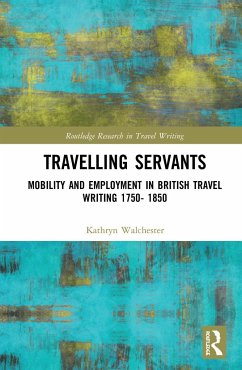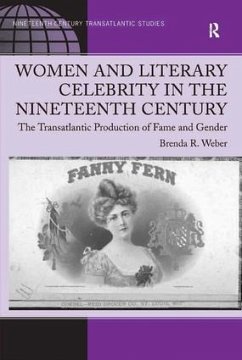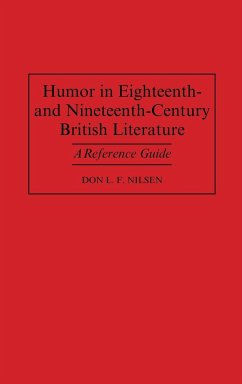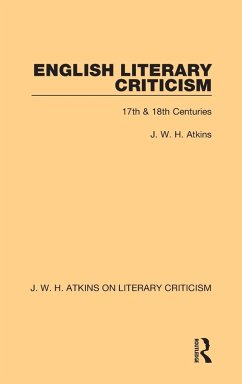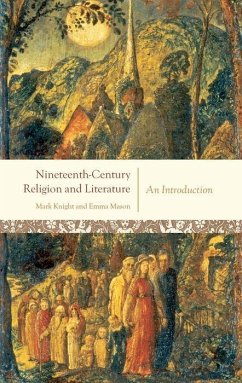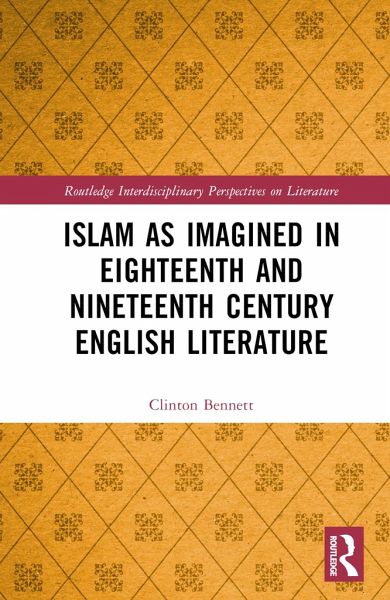
Islam as Imagined in Eighteenth and Nineteenth Century English Literature
Versandkostenfrei!
Versandfertig in 1-2 Wochen
150,99 €
inkl. MwSt.
Weitere Ausgaben:

PAYBACK Punkte
75 °P sammeln!
Aimed at a non-specialist readership, this survey of early modern English literature examines how writers represented Islam. Many aimed to foment hostility or to encourage friendship. Anyone interested in how stereotypes are perpetuated and can be challenged today in an increasingly Islamophobic Western world will profit from reading it.




